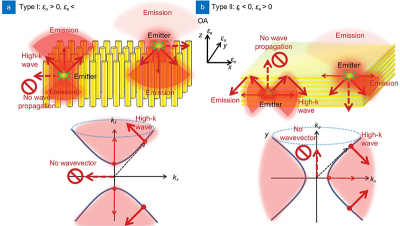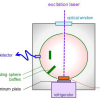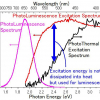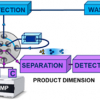
Photoluminescence, emission of light from materials, including fluorescence, plays an important role in a wide variety of applications from biomedical sensing and imaging to optoelectronics. Among various nanophotonic schemes and nanostructures to enhance photoluminescence, researchers led by Professor Andrei V. Lavrinenko and Dr Pavel N. Melentiev from the Technical University of Denmark (DTU) Fotonik-Department of Photonics Engineering and the Nanoplasmonics and Nanophotonics Group, Institute of Spectroscopy RAS, Moscow, Russia, focused on a certain type of nanostructures, hyperbolic metamaterials (HMMs) and metasurfaces. HMMs are highly anisotropic metamaterials, which produce intense localised electric fields, leading to enhanced light–matter interactions and control of emission directivity. Major building blocks of HMMs are metal and dielectric layers and/or trenches and metal nanowire structures, which can be made of noble metals, transparent conductive oxides and refractory metals as plasmonic elements. Importantly, due to their structure, HMMs are non-resonant constructions providing photoluminescence enhancement in broad wavelength ranges. Hyperbolic metasurfaces are two-dimensional variants of HMMs.
In a review paper, the authors discuss current progress in photoluminescence control with various types of HMMs and metasurfaces. As losses are inevitable in the optical domain, active HMMs with gain media for compensation of the absorptive losses of the structures are also discussed. Such HMMs boost photoluminescence from dye molecules, quantum dots, nitrogen-vacancy centres in diamonds, perovskites and transition metal dichalcogenides for optical wavelengths from the ultraviolet to near infrared (290–1000 nm). By the combination of constituent materials and structural parameters, a HMM can be designed to control photoluminescence in terms of enhancement, emission directivity and statistics (single-photon emission, classical light, lasing) at any desired wavelength range within the visible and near infrared wavelength regions. HMM-based systems can serve as a robust platform for numerous applications, from light sources to bioimaging and sensing.














